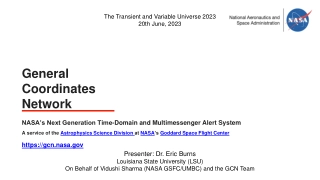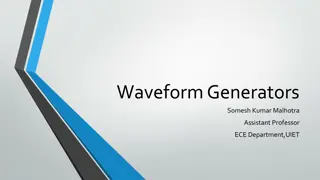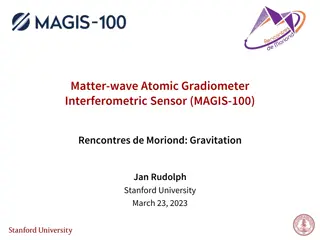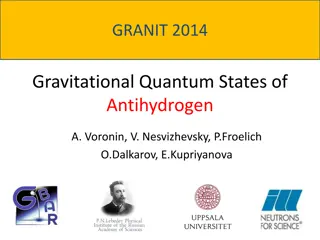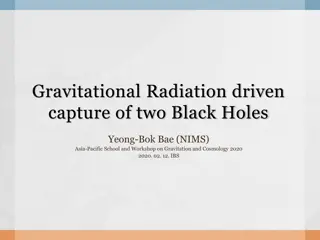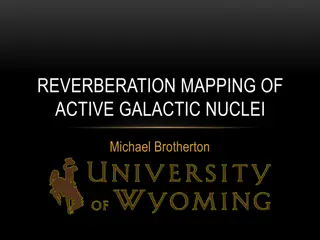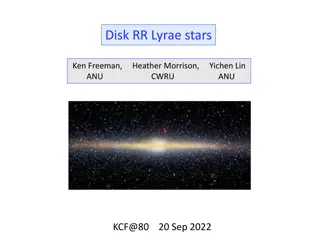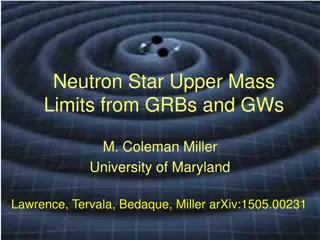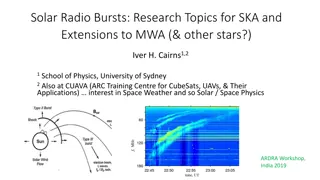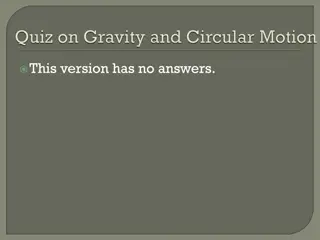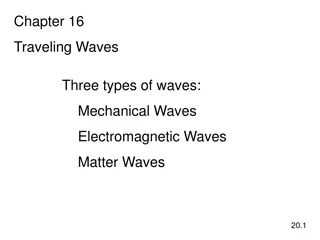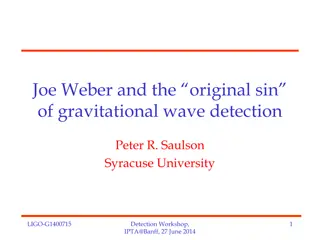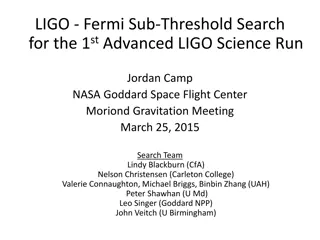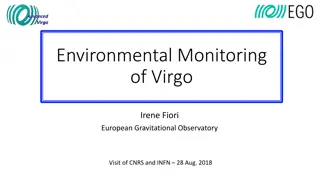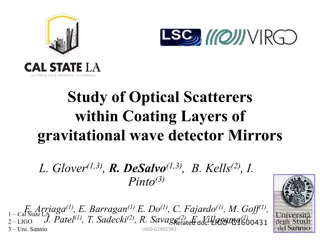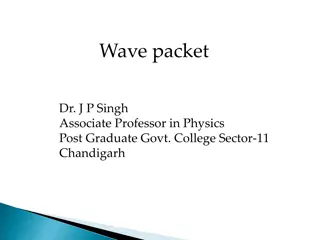Unveiling Galactic Excess in Gravitational-Wave Bursts
Investigate the presence of a galactic source emitting gravitational waves within the LIGO frequency range and develop techniques to detect and identify these signals. Employ simulations to differentiate between isotropic and galactic event distributions, aiming to enhance our understanding of the origins of unknown burst signals.
Download Presentation

Please find below an Image/Link to download the presentation.
The content on the website is provided AS IS for your information and personal use only. It may not be sold, licensed, or shared on other websites without obtaining consent from the author.If you encounter any issues during the download, it is possible that the publisher has removed the file from their server.
You are allowed to download the files provided on this website for personal or commercial use, subject to the condition that they are used lawfully. All files are the property of their respective owners.
The content on the website is provided AS IS for your information and personal use only. It may not be sold, licensed, or shared on other websites without obtaining consent from the author.
E N D
Presentation Transcript
Searching for Signs of a Galactic Excess of Gravitational-Wave Bursts Serena Moseley Mentor: Tom Callister LIGO SURF 2018 LIGO-T1800281v2
Outline Galactic Gravitational-Wave Bursts Project Details Sky Localization and Skymaps Simulating and Processing Data Results LIGO-T1800281v2 2
Our Galaxy in the EM Spectrum LIGO-T1800281v2 3
A Galactic Excess White dwarf binary systems Radiate at frequencies too low for current detectors LIGO-T1800281v2 4
Gravitational-Wave Bursts Transient event Unknown source Supernovae, glitching neutron stars Unmodeled search Strain Duration (s) LIGO-T1800281v2 5
Project Motivation Is there a galactic source of gravitational waves radiating in the LIGO frequency band? How can we detect it? How can we identify the source of an unknown burst signal? Knowing whether origins are galactic or not will help LIGO-T1800281v2 6
Project Description Create two sets of simulated events Isotropic and galactic Inject our two sets into Bayeswave and recover individual injections sky distributions For each set, look at the overall population s distribution and determine if we can tell the difference between our two recovered populations LIGO-T1800281v2 7
Skymap: Individual Injection Dec RA LIGO-T1800281v2 8
Sky Localizations Time delay between the signal s arrival Relative amplitude in detectors Different orientations LIGO-T1800281v2 9
Injected Signal LIGO-T1800281v2 10
Injection Sets 2 sets: isotropic and galactic sky distribution Generated 2000 random sky locations according to given distribution model Created simulated GW burst events associated with each generated location Sine-Gaussian signals, low quality factor 2000 injections, total duration spanning the length of a sidereal day LIGO-T1800281v2 11
Galactic Distribution Model Empirical stellar number density function: Galactic bulge Galactic thick disk Galactic thin disk LIGO-T1800281v2 12
Galactic Distribution LIGO-T1800281v2 13
Galactic Distribution - HEALPix Equal area bins - pixels LIGO-T1800281v2 14
Data Processing Recover probability distributions for each injection s sky location Generated 2000 random sky locations based on model Created bursts for each location Inject into Bayeswave Must combine the individual distributions of both the isotropic and galactic injections into a composite map of each population s overall sky distribution LIGO-T1800281v2 15
Maximum Pixel Probability In each injection s HEALPix map, determine the pixel with the most probability Assume the signal did come from that pixel and add value to the corresponding pixel in the overall map LIGO-T1800281v2 16
Maximum Pixel Probability Isotropic Galactic LIGO-T1800281v2 17
Averaging the Maps Normalize each individual injection s HEALPix map Sum all the 2000 individual injection s values at every pixel and scale up by some factor LIGO-T1800281v2 18
Averaging the Maps Isotropic Galactic LIGO-T1800281v2 19
Antenna Pattern LIGO-T1800281v2 20
Antenna Pattern LIGO-T1800281v2 21
Conclusion Goal: to develop a method of mapping the sky distribution of a population of unmodeled gravitational-wave bursts and be able to distinguish galactic set In our resultant skymaps, we can clearly see a difference between the recovered isotropic and galactic sets LIGO-T1800281v2 22
Future Work Removing potential antenna pattern effects Factoring in Virgo Processing using a sampling algorithm with a high resolution Taking glitches and noise into consideration Using O1, O2 data LIGO-T1800281v2 23
Acknowledgements Tom LIGO SURF Program The NSF LIGO Data Grid! LIGO-T1800281v2 24
References LIGO-T1800281v2 25
Back-up slides LIGO-T1800281v2
Equatorial Coordinates LIGO-T1800281v2 27
Multinest More correct, but computationally intensive c: fraction of events coming from a specific direction d: skymap P: set of pixel heights for each map Gives the probability of a certain c, given the skymaps we have for our two injection sets LIGO-T1800281v2 28
Multinest - Isotropic LIGO-T1800281v2 29
Multinest - Galactic LIGO-T1800281v2 30



